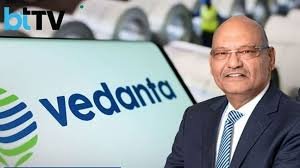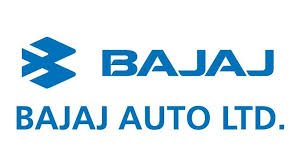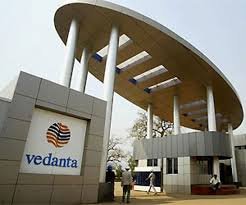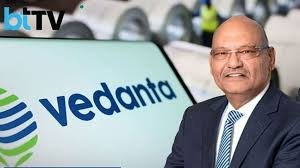PROBABILITES OF DALAL STREET ON 19th JULY 2024
PROBABILITES OF DALAL STREET ON 19th JULY 2024

Dear market participants, today in the 1st half of the trading session there was volatility in nifty. 1st it took support at 24500 and again came back to the same level and went up to 24800, once again nifty made fresh all-time high. We have to look at the following points for the next trading session.

- FII bought 3.49 Laksh index futures and in options, they bought 1.59L so they are bullish in derivatives. In cash, they purchased 5484cr.
- DII’s sold 82043 index future and in options they sold 3.84L. In cash, they sold 2905cr
- Clients are medium bearish in the future and in options they are indecisive.
- If we look at Global markets, US markets are medium bearish, European markets are positive, and Asian markets are mixed.
- The volatility index rose 02%, which closed at 14.51.
- As per open interest nifty has 24500 followed by 24400 has the highest put writer. There is a call writer at 24500

Based on a 15-minute time frame nifty has good support at 24662 and there is no resistance. For bulls, there is one positive news is Infosys ADR up by 9%. Tomorrow it will impact the market and if any dip happens there will be a good opportunity for buying. but the probability of profit is high when you buy at a support level that is 24662 with a strict stop loss as of now sentiment is bullish.
-By
A Ganesh R Bhat


















